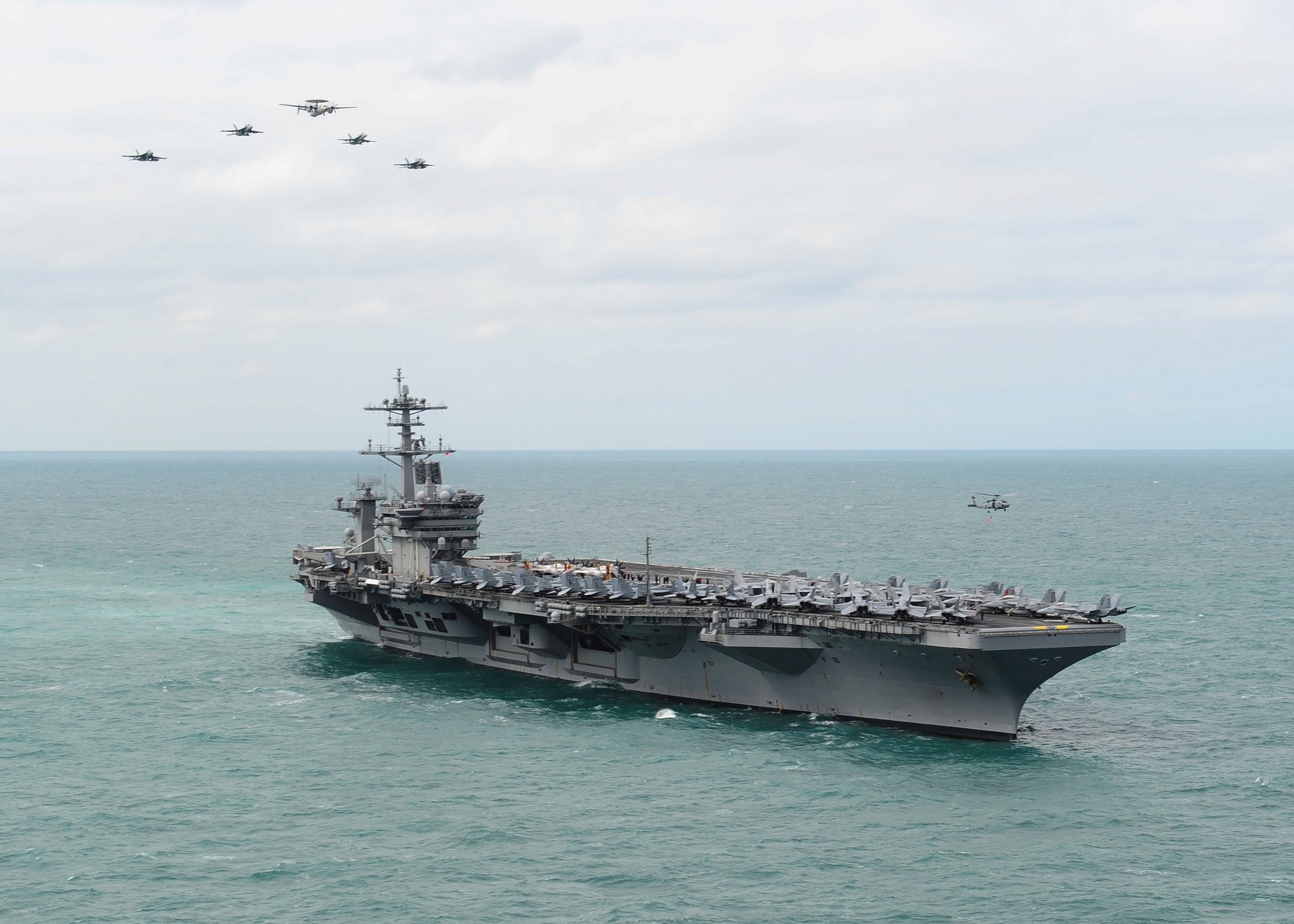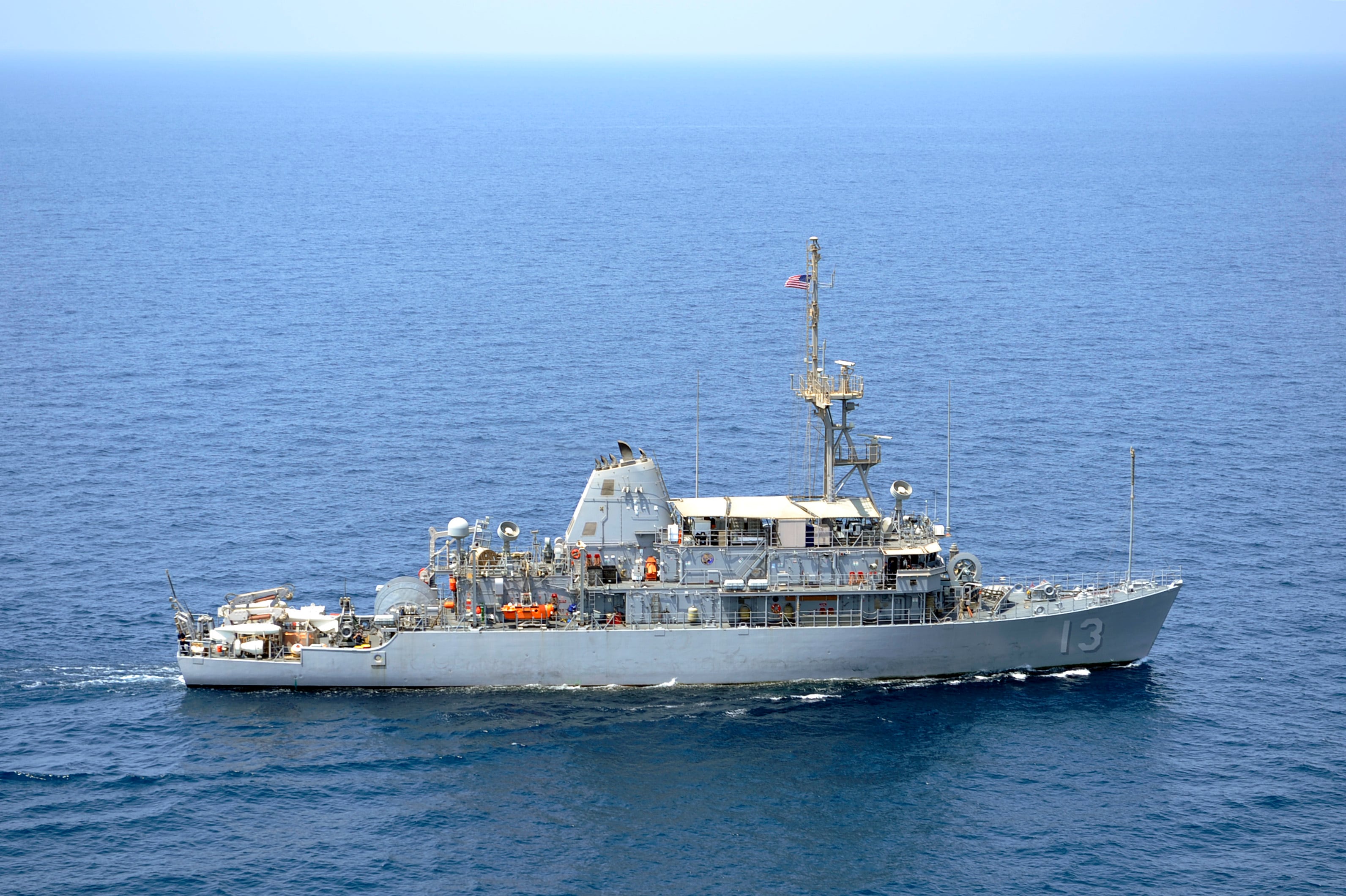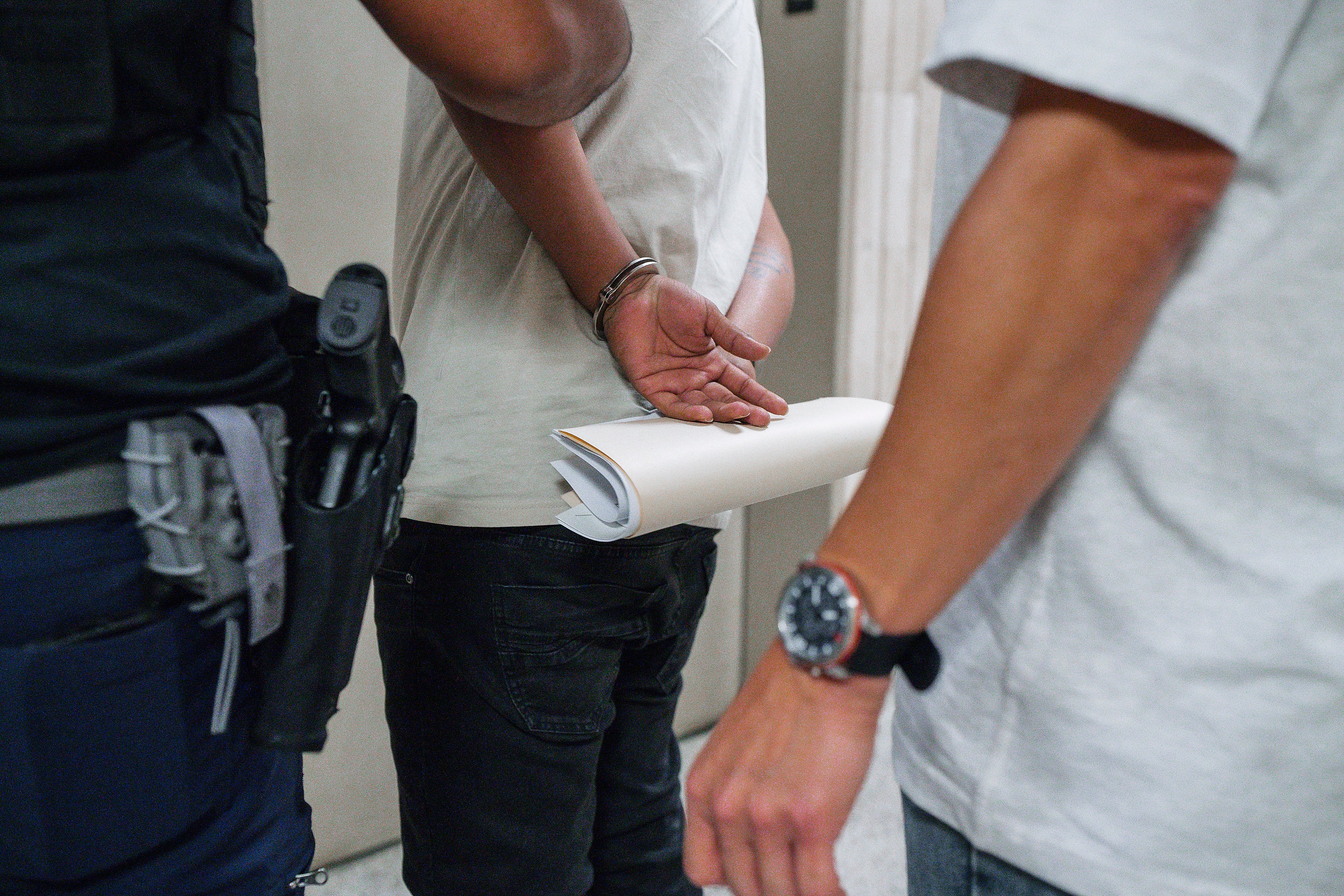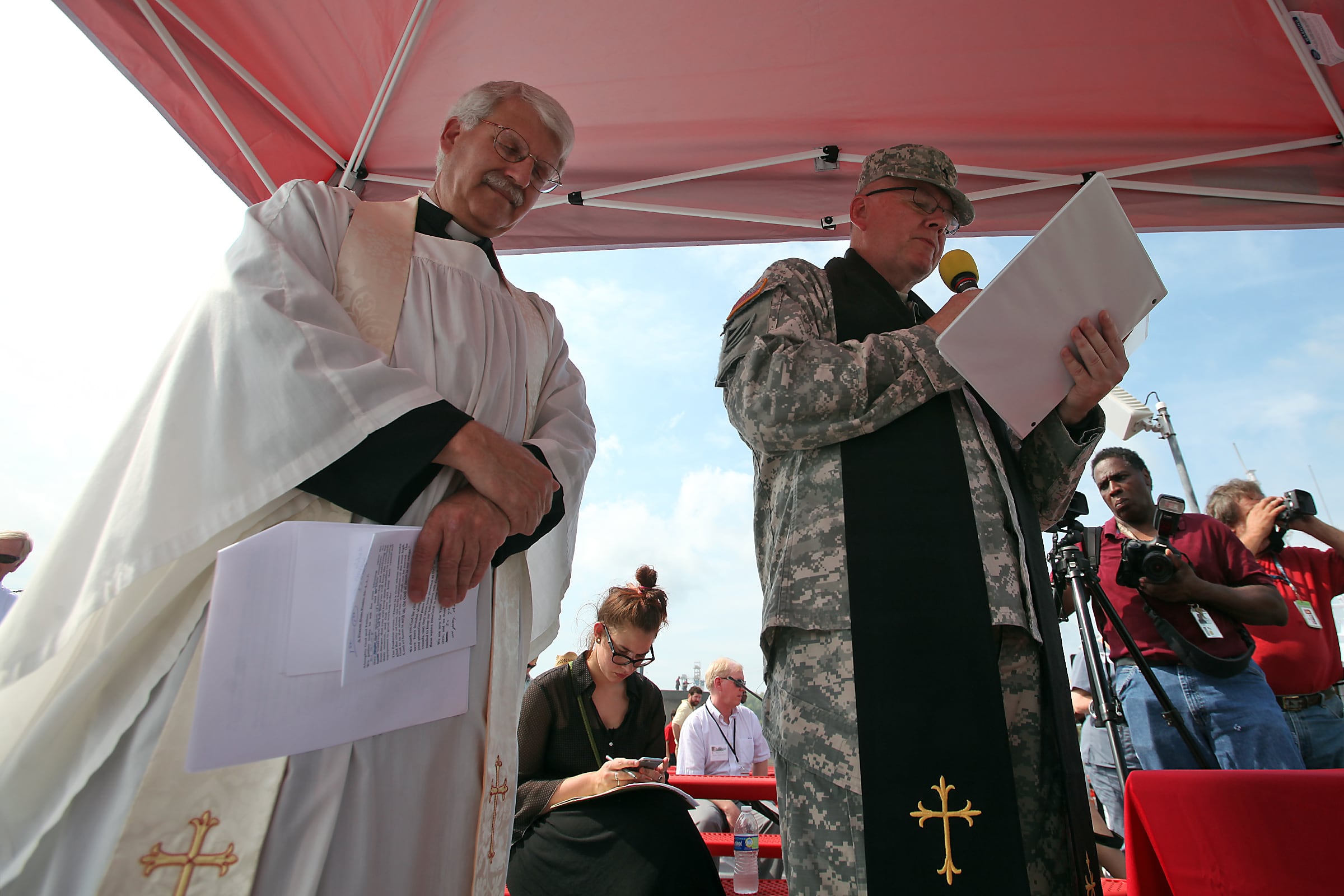The Navy's top officer is fighting to keep shorten deployments that have frequently stretched to eight months and beyond during his three years on the job, the result fallout of crises around the globe and budget woes at home. These challenges remain, with the campaign against the brutal Islamic State group underway and looming budget shortfalls. long deployments down, even if the budget gets slashed at the beginning of next year by across-the-board cuts.
Chief of Naval Operations Adm. Jon Greenert says deployments are shortening and will continue until , chief of naval operations, told Navy Times in an exclusive interview that he planned to continue the trend of shortening deployments until both amphibious ready groups and carrier strike groups sail for an average of seven months. He calls anything beyond that "unsustainable." are back to what he sees as a sustainable seven-month deployment schedule.
"It is not my plan to go back to long deployments," Greenert said in an exclusive March 24 interview. "It is not my intent to go back to eight- or nine-month deployments: I believe they are unsustainable. We would have to reconcile what that presence means under [a sequestered 2016] budget."
In the wide-ranging interview, Greenert also laid out his goals for speeding up uniform development and overhauling how sailors' body shapes are assessed. But reining in deployments is a priority for the former Fleet Forces Command boss, who as CNO was a forceful advocate for adopting a new pay for sailors on extended deployments, becoming the firstonly service to do so.
Greenert says the fleet is making headway on shortening deployments. The carrier strike groups are coming off a wave of long deployments, including the Bush CSG, which returned in November from a nine-month cruise, among the longest cruises in years.

Aircraft from Carrier Air Wing 1 fly over the carrier Theodore Roosevelt as it crosses the Atlantic March 22 en route to 5th and 6th fleets March 22, 2015. The TR's deployment is expected to last eight months.
Photo Credit: MC2 Chris Brown/Navy
"The [Carl] Vinson is on a nine-month deployment," Greenert said. "The Theodore Roosevelt is en route to relieve her on an eight-month deployment. The [Harry S.] Truman, which will relieve her, is scheduled for a seven-month deployment. ... It would be my sense that we will be able to sustain seven-months at that point."
Greenert pointed to the recent return of the Makin Island Amphibious Ready Group after seven months as a success, and said the current ARG deployment should also stick to the seven-month plan.
"The Iwo Jima is on what is scheduled to be a seven-month deployment," he said. "So far, I do not see an extension right now. As we all say, the world gets a vote."
Deployment outlook
Greenert said the carriers will see a steady decline in deployment lengths until the Truman carrier strike group deploys late this year. The George H.W. Bush carrier strike group returned in November from a 10-month deployment, one of the longest carrier deployments since at least the Vietnam era./Bush CSG deployment was 9-months/SF
Greenert said that tThe 2016 deployment plan factored in sequestration budget cuts, the across-the-board cuts that leaders across the services have the brass has fought to roll back, Greenert said. leaders in the military and in Congress have fought to roll back. Beyond that point, however, Greenert said it's too early to tell what effects limited budgets might have on deployments, he said.
There are a few factors that could upset the apple cart, Greenert said, including continuing issues in the shipyards that prevent with getting ships from getting back to the fleet on time. Greenert said that furloughs, hiring freezes and an resulting exodus among shipyard some employees at the public shipyards were a result of budget cuts, and put the yards behind schedule.
Greenert said that hHiring in the public yards, which handles the vast majority of maintenance for nuclear-powered ships such as submarines and carriers, is still going slowly.
The other major caveat is getting sailors to the ships on time, a major component of the Optimized-Fleet Response Plan ginned up and championed by first Adm. Bill Gortney, former FFC head of Fleet Forces Command, and carried on by his successor, Adm. Phil Davidson.
"That is the covenant that we have between the bureau and the fleet, to bring them there about 180 days ahead of time, not 60 days ahead of time," Greenert said.
Another potential upset would be a delay getting the Ford-class carrier to the fleet on time. Greenert said the Navy's newest super carrier is currently slated to be delivered on time in March, 2016. But there are a lot of tests to be done and a lot of bugs to be worked out with the ship's high-tech launch and recovery gear.
"I think what I will acknowledge is that we have a lot of testing to do, particularly in the EMALS, which is the electromagnetic launch system, the advanced launch system, and the advanced resting gear," Greenert said. "We have challenges left. If she is late to delivery, I do not see a dramatic impact of four months, five months or six months. If she is a year, then we have to re-sequester and look at what we want to do."
Iran & 5th Fleet
One of the major drivers of deployment lengths has been unrest in the Persian Gulf. Tensions with Iran drove the fleet to a two flattop presence in U.S. 5th Fleet in late 2010, a demand still in place when Greenert took over as CNO in 2011.
That was reduced to one carrier in early 2013, when the PentagonNavy canceleding the Harry S. Truman's deployment only days before it was to leave. left
Iranian saber rattling continues. The Iran's elite Revolutionary Guard recently staged an attack on a mock-up of a U.S. carrier. The propaganda video shows Iranian go-fast boats swarming a the CNO also discussed issues in the Persian Gulf, including a recent show of force by the Iran, which launched a scale model of the carrier Nimitz and only to sinking it. in a small-boat swarm and missile attack.
Asked about his reaction to seeing the a video shown around the world, Greenert said he wasn't particularly alarmed by the mock attack demonstration, saying it was the type of attack the Navy has been preparing fo.
"My reaction was, 'Is it new? Is it anything we have not been prepared for and are preparing for?' " Greenert said. "The answer I got was, 'No, none of this is new.' "
Additionally, Greenert said, there iswas reason to believe parts of the video were doctored to appear more menacing, something he said Iran has been known to do. In 2008, Iran was accused of photoshopping an additional missile into a photograph of a missile test to make it seem more threatening.
Greenert said Nonetheless, Greenert said, the Navy is prepared for the kind of attack seen in the video.
"You take the numbers that you saw, and that others saw, and everybody saw. Do we have the systems and the means? If the indications and warning of such an [attack] were to manifest, I am very comfortable" that the Navy could defend itself, Greenert said.

The mine countermeasures ship Dextrous transits the Arabian Sea. The Navy's littoral combat ship, scheduled to arrive in Bahrain in 2017, can be outfitted with a minesweeping package and fill the role traditionally done by minesweepers, which are leaving the fleet.
Photo Credit: PO 2nd Class Cassandra Thompson/Navy
Another big change coming to the Persian Gulf is the scheduled 2017 arrival of the littoral combat ship in Bahrain, where the Navy's 5th Fleet is headquartered.
Greenert said the Navy is on track to get the LCS to Bahrain in that time frame, which can be outfitted with a minesweeping package on short notice and fill the role traditionally done by minesweepers, which are leaving the fleet.
However, the Navy won't pull the mine countermeasures ship sweepers out until leaders are they'reit's confident the LCS's minesweeping capability is ready to rock.
"I am not going to sit here today and tell you the minesweepers will be gone in two years," Greenert said. "I am here to tell you that the integration will go on schedule. … Then we will bring the minesweepers home. We have to maintain the mine capability in the Arabian Gulf."
Greenert expressed frustration with how slowly the minesweeping package for LCS has come along, saying "I'm impatient," but said he was comfortable that the capability would be ready for its 2017 debut in the Persian Gulf.
David B. Larter was the naval warfare reporter for Defense News.





